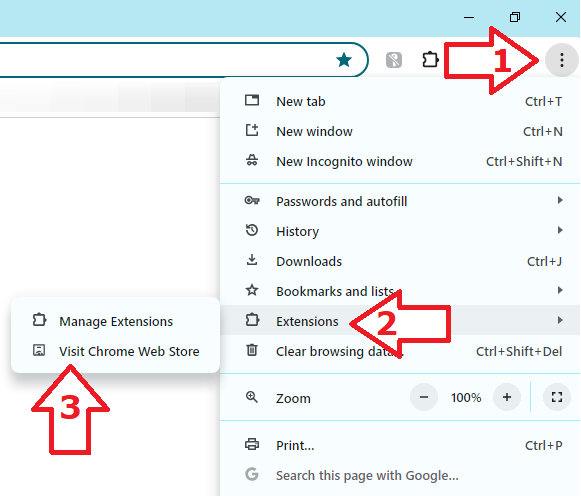The Silent Educators: What Animals Can Teach Us
There has been much study and acknowledgement about how much animals benefit us as humans. They bring joy into our lives and offer unconditional love. Animals process a mysterious and spiritual nature to calm anxiety and soothe our need for companionship. They have a sixth sense of knowing when we need at little extra love.
These things and more have been explored in-depth, but what about what animals can teach us? We have cognitive skills far beyond them, yet much like children, we can learn so much from smaller creatures whose power is in “being”, not necessarily “knowing”.
Lessons We Can Learn from Animals
There are many things happening all around every single day that teach us about ourselves and our world. But are we learning?
Your pet has life lessons for you. You may live on a farm with animals or have a myriad of birds in your back yard. These animals are part of our lives. However, what they can teach us is proportional to how much we are paying attention to them.
How Animals Inspire and Educate Humans
Animals Live in the Moment
We can learn a lot about enjoying each moment that comes our way. Animals don’t live in the past, nor do they worry about the future. We can’t change the past or future by holding on to anxiety about it, so why waste precious time within in each moment that is ours to enjoy?
This is easier said than done for us humans. But we can learn a lot about seizing the day for our own well-being.
Animals are Not Hubris
Humans that are hubris are conceited, arrogant, vain, and self-important. They look down their noses at others. While it’s true there is a pecking order within the animal kingdom, this comes from their need for survival in the wild.
A single dog within your family will view themselves as ranked at a certain level within their ‘family pack,’ even if it is a human pack. But it does not come from a pompous heart. Animals can teach us humility.
Animals Play Everyday
One aspect of living in the moment and enjoying everything it has to offer is taking time to play. We all know pets love to play. But we see it in farm animals and creatures in the wild as well.
Whether they are playing by themselves with an object with other within their species or humans, animals love to wrestle, nudge up to others, play a game of chase or hide and seek. For us humans, this daily mindset and activity benefits our well-being in so many ways.
Animals Exercise Everyday
Animals innately understand the need to burn off energy. Even if you don’t wake your dog for a walk, you may find them running around the house or in the back yard. In the home, the back yard and through all of nature, you see movement.
Sometimes it’s slow, sometimes it’s quick. We humans need this as well for better health and longer life. The key is to make it part of your life, whether it’s periodic regular exercise that gets your heart pumping, yoga, or a daily walk.

Animals Value Sleep
Some people like staying up late even when they are tired. Others crawl into bed but spend time on their phones, which only wakes them up. In North America especially, we humans are overworked and too busy in our personal time to get proper sleep. Sleep depravation is a problem and affecting the health of too many humans.
Do you know who doesn’t have a problem getting enough sleep? Animals. Wild animals need it to survive in the wild. Domestic animals take naps when they are tired. Every animal naturally gets the sleep they need. They do it by putting distractions out of their minds. We can learn a lot from that.
Animals are Patient
When you think about it. Animals have very little control over the world around them. So, it’s no wonder that they learn patience from the moment they are born. Food is not always in the fridge ready to be eaten. At home, animals can’t go outside until we open the door for them. They are confined to their immediate surroundings, sometimes even in a cage for travel, training, or their own safety.
In the wild, the most an animal can do is move to a different area if they want or need a change. For everything else related to their survival, animals must work for it. Even so, the time to eat or sleep may have to wait. Humans who are attuned to mindful living understand that the more you try to control, the more anxiety you will have. The more we let go of, the more we are at content, at peace, and patient.
Conclusion
How will you spend your day? You week? How will you live your life with a focus on your health and well-being. Even animals who depend fully on humans for survival still take care of themselves to a certain extent. Animals innately understand that a balanced life is a healthy one.
Down time, play, sufficient hours asleep, and taking time for oneself is never wasted time. It’s a life well spent and will even lead to a longer life with continual stress.
There is also one thing else we can spend time doing that has proven to benefit us as a human life. And is spending time in nature. And spending time caring for animals that give use back so much more than we give.
Read about the 3 life enhancing benefits of pet ownership.
Learn how to teach kids responsibility through dog ownership.








